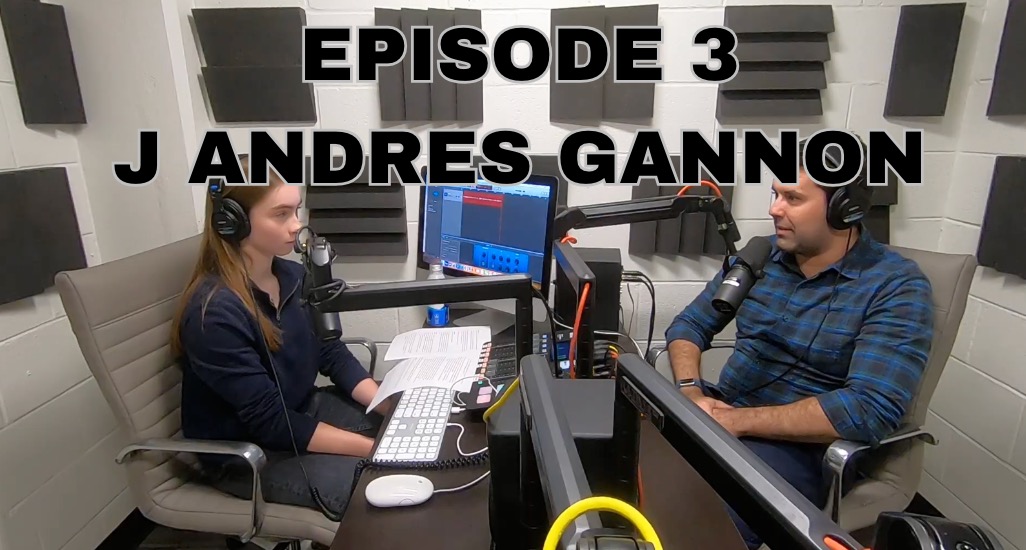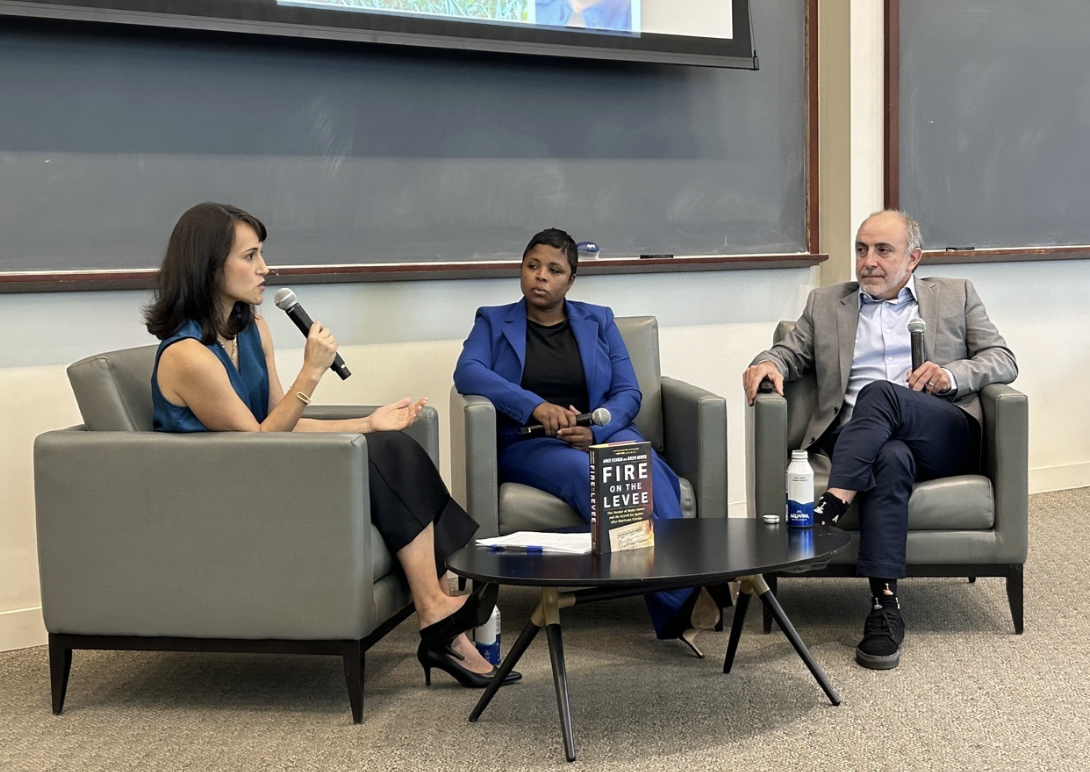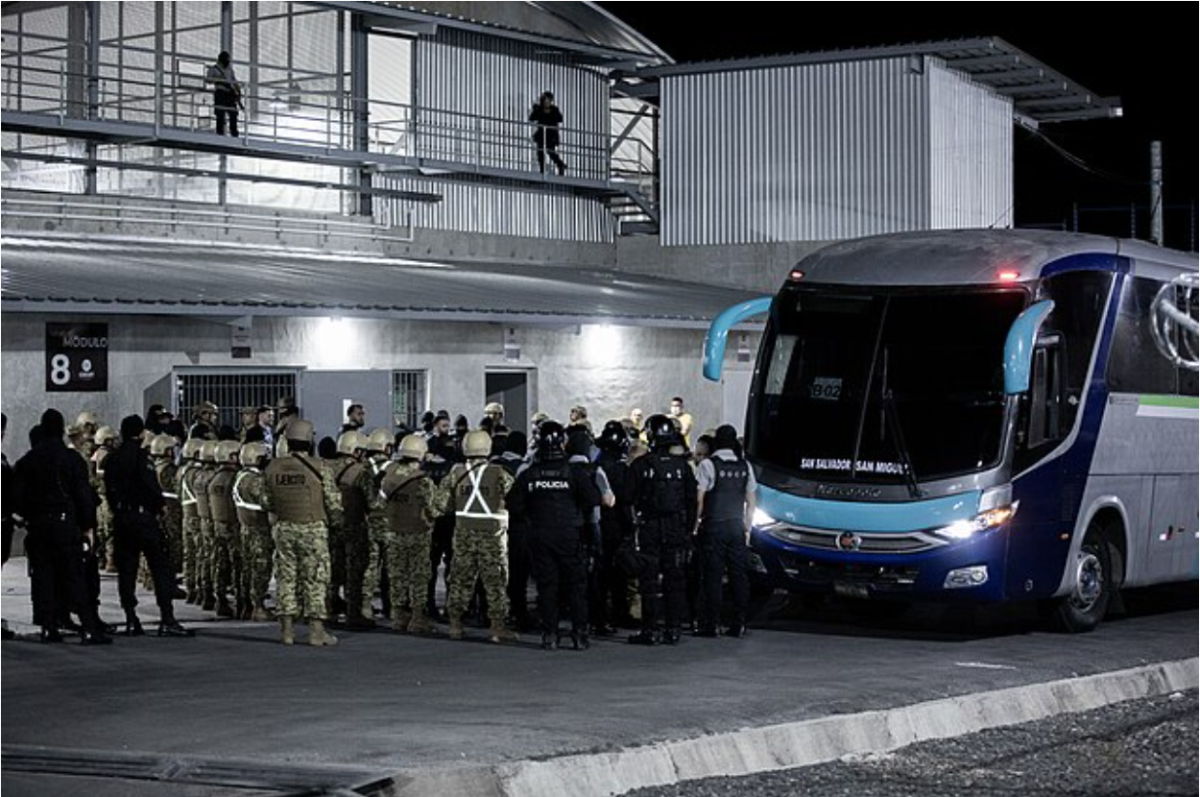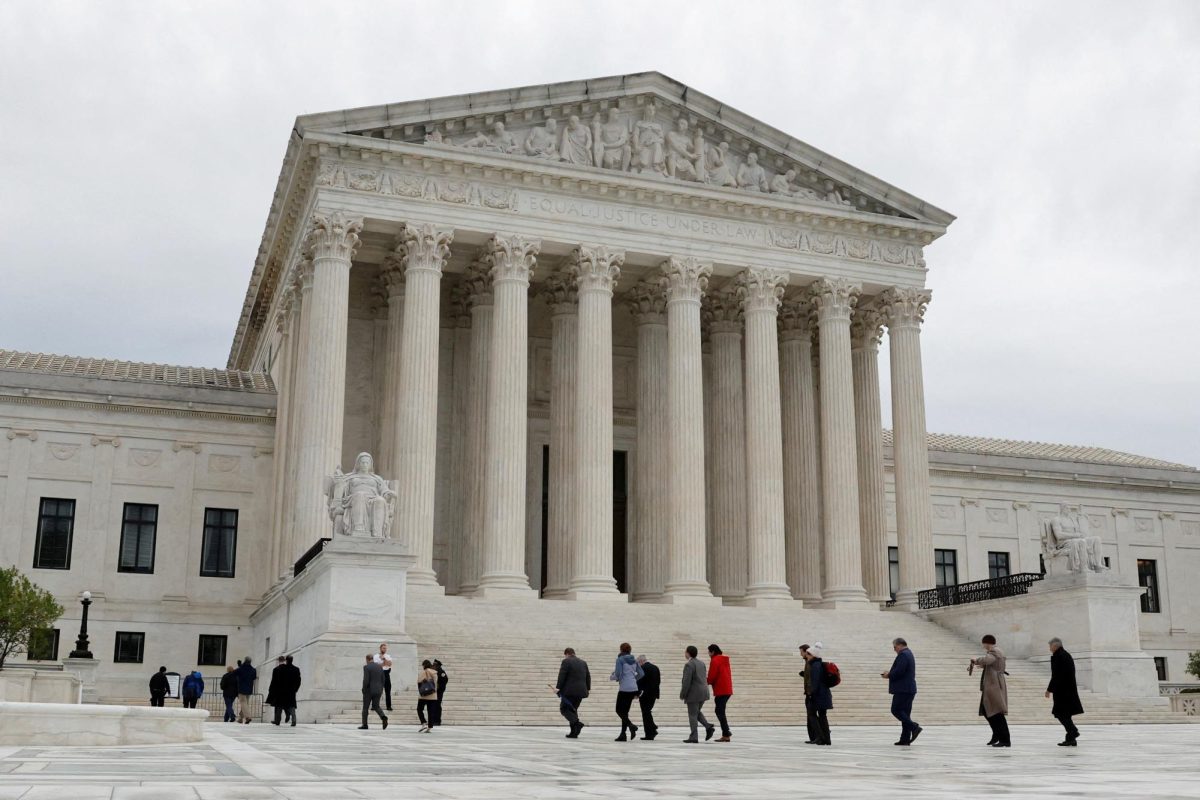This election year, the people of California have an opportunity to partake in an effort to reform the state’s prison system. Proposition 6, featured on their ballot, aims to strike down the provision in California’s Constitution that permits forced labor in prisons. In its place, the proposition proposes establishing volunteer work assignment programs, allowing inmates the choice to work rather than being compelled to do so. As the election nears, it is crucial for voters to recognize the power of their voice in reshaping California’s approach to incarceration. By voting for Proposition 6, Californians can pave the way for a statewide prison system that prioritizes self-development and accountability over mere punishment.
Since the 13th Amendment abolished slavery in 1865, forced labor has been outlawed nationwide… right? No. The 13th Amendment reads, “Neither slavery nor involuntary servitude, except as a punishment for crime whereof the party shall have been duly convicted, shall exist within the United States, or any place subject to their jurisdiction.” The particular addition of “except as a punishment for crime” has created a loophole whereby forced labor in prisons has been legalized and largely accepted in society over the past century.
In California, 40,000 of the state’s 90,000 inmates are required to perform forced labor in roles such as cleaning, construction, and yard work, facing punishment if they refuse. They earn, on average, seventy to eighty cents per hour—a rate that rarely covers basic necessities and loses value over time as commissary prices soar amid California’s spikes in inflation. To put this in perspective, many inmates must save for days to afford something as simple as a single stick of deodorant. Dominique Morgan, a formerly incarcerated individual in California, recalls his own experience working despite suffering from HIV; like others, he feared further punishment if he refused, knowing that workplace protections do not extend to those behind bars.
Many Californians oppose Proposition 6 out of concern that reducing prison labor will lead to higher taxes; however, this reasoning overlooks the true financial burden of incarceration. Although a prison workforce might seem like free labor, California annually spends $132,860 per person to keep them incarcerated—an expense that far outweighs the economic contributions of their labor. The cumulative $15 billion per year that taxpayers contribute to maintain the prison system renders any perceived benefits from prison labor void, as it ultimately creates an ongoing demand for a workforce that relies on continuous incarceration.
Data from 2019 indicates that 42% of U.S. prisoners released were convicted of new crimes within three years. This troubling statistic reveals the California prison system’s lack of focus on rehabilitation. True rehabilitation could take the form of education—research shows that recidivism drops as one’s education level increases, yet 40% of adult inmates are functionally illiterate. Rehabilitation could also come from participation in optional programs designed to foster personal growth and self-development. The key element, however, is choice. Forced labor strips inmates of their autonomy and time for self-reflection, redirecting their efforts toward unproductive tasks. This exploitative practice can breed feelings of frustration and resentment, potentially even fueling recidivism by making inmates feel used and devalued. If forced labor contributes to higher recidivism rates, shouldn’t we consider that ending this practice—and the resulting decrease in recidivism—could ultimately be more cost-effective than maintaining the current system?
It’s worth noting that other states are recognizing the flaws in forced labor practices. Texas, Alabama, Tennessee, and Vermont have already taken steps to ban forced labor in their prison systems, paving the way for more humane and rehabilitative approaches. California has the opportunity to follow suit through Proposition 6, moving toward a system that prioritizes self-reflection over exploitation and encourages real change for those incarcerated.














